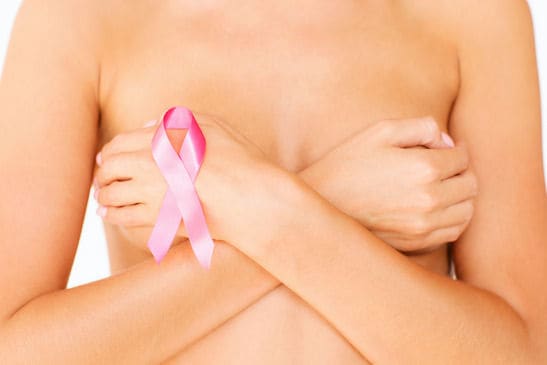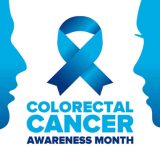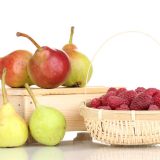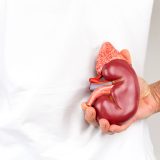

As October comes to a close, the pink ribbons encouraging breast cancer awareness become harder to spot. Fundraising events and breast cancer screening campaigns dwindle as we delve into the holiday season, but maintaining breast health should be a continual endeavor. Although there are various lifestyle practices that reduce breast cancer risk and encourage healthy breast tissue, few are aware of the benefits derived from shaking and squeezing their breasts.
An estimated one in eight women will develop breast cancer in their lifetime, the second leading cause of cancer death in women. Since only five to 10 percent of breast cancers occur in women with a clearly defined genetic predisposition for the disease, the majority of cases are considered to be “sporadic” meaning they might be preventable. The challenge is twofold:
- Knowing how to safely prevent breast cancer
- Convincing women (and men) to partake in the preventative approach
Although breast cancer is 100 times more common in women than in men, men can also be affected. Because breast cancer treatment has a much higher rate of success when applied early in the disease process, regular breast exams and breast cancer screenings are essential for preventing this disease from being fatal. However, there are ways to promote breast health that most people don’t know about. Some of these strategies include:
- Restricting Alcohol Consumption – Women who consistently drink more than two servings of alcohol each day significantly increase their risk of breast cancer. Alcohol slows down the clearance of estrogens from the body. Since an increase in the ratio of estrogen to progesterone raises breast cancer risk, abstaining from alcohol is an ideal breast health preservation strategy.
- Avoiding Toxins – Many of the toxins in our environment and food have estrogenic effects, making it harder for the body to maintain a healthy balance of estrogen and progesterone.
- Physical Activity – Physical activity, even walking, can substantially reduce breast cancer risk because it changes how the body deals with estrogen. Researchers with the Epidemiology Research Program at the American Cancer Society found that walking seven hours a week decreased breast cancer risk by 14 percent, and sweating vigorously for up to 10 hours per week reduced breast cancer risk by 25 percent.
In addition to regular exercise, avoiding toxins and alcohol, physical breast manipulation can also help maintain breast health. Shaking and squeezing the breasts represent two rarely mentioned ways to accomplish this goal.
- Shaking – In most Western cultures, women are accustomed to wearing a bra to support their breasts, which prevents them from sagging, jiggling and bouncing. Because they inhibit lymphatic circulation, there has been a lot of controversy regarding the healthfulness of habitual bra-wearing. Whether or not a bra is worn, periodic free-swinging of breast tissue will help invigorate circulation, thus diminishing congestion which can foster cancerous cell growth.
- Squeezing – According to the Texas Institute of Functional Medicines, breast massage is a reliable means of flushing out toxins from the body’s lymphatic system. Because toxins impede healthy circulation in the breasts, toxic buildup could account for an increased chance of developing cancer. According to research at the University of California in Berkeley, squeezing breasts might prevent malignant breast cells from causing cancer. Their experiments found that physical pressure leads cells back to normal growth patterns, effectively thwarting breast cancer development.
Because the breasts are considered to be private body areas, suggestions for physically manipulating breast tissue will not appeal to everyone. Hopefully, a growing number of people will recognize the value in breast movement and compression despite cultural inhibitions. Besides regular screenings for breast cancer, aim to keep your breasts as healthy as they can be. Add breast shaking and squeezing to regular exercise, alcohol abstinence and toxin avoidance for a comprehensive, year round, breast health management strategy.





brilliant!
And nudists have a healthy edge here especially if you swim/play/volleyball/tennis in the nude as many do!
Requiring women to wear a bra or similar breast restraint is unjustifiable sexual discrimination and harassment. Realities mean that women have to tolerate a degree of this but really, what underwear a girl or woman wears or doesn’t is nobody’s business.
Schools typically have a bra requirement. Workplaces do, too, even if unwritten. If a bra and underpanty requirement isn’t in the employee manual it isn’t enforceable but that doesn’t keep management from finding some other excuse to fire or skip over a woman for not wearing certain underclothing.
In 30-40 years when the bra-breast cancer or bra-fibrocystitis connection is accepted, perhaps proven, who is going to be held responsible for requiring unhealthy behavior? And will that give women their breasts back?